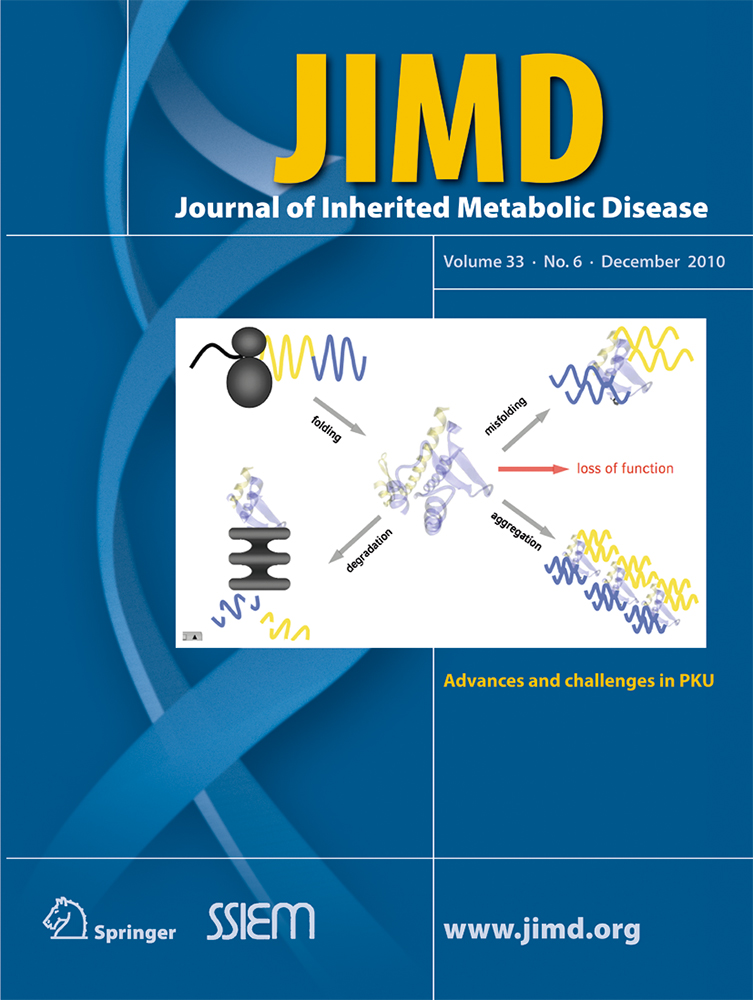Focal splenic lesions in type I Gaucher disease are associated with poor platelet and splenic response to macrophage-targeted enzyme replacement therapy
Communicated by: Ed Wraith
Competing interests: None declared
Presented at LDN WORLD symposium Feb 2010. Abstract published as Stein P, Mistry PK. The significance of focal splenic lesions (FSL) in Gaucher disease. Molecular Genetics and Metabolism Feb 2010; 99:S35.
Contract grant sponsor:
An NIDDK K24DK066306 Mid-career Clinical Investigator Award supported P.K.M. P.K.M. and G.M.P. receive research support from Genzyme Corporation for participation in the International Gaucher Registry (ICGG). P.S. is supported by a Lysosomal Storage Disease Fellowship Award from Genzyme Corporation.
Abstract
Focal splenic lesions (FSL) occur in Gaucher disease type I (GD1), but their clinical significance is not known. Previous studies estimated the prevalence of FSL at 4% (pediatric) to 33% (adult) of GD1 patients and reported an association with splenomegaly. We tested the hypothesis that the presence of FSL is associated with suboptimal response to macrophage-directed enzyme replacement therapy (ERT). Additionally we investigated whether FSL were associated with other phenotypic features of GD1. The splenic parenchyma was assessed by MRI performed for routine evaluation of GD1 in 239 consecutive GD1 patients with intact spleens. The prevalence of FSL was 18.4% (44/239). Following a mean of 3.5 years of ERT, platelet response was inferior among patients with FSL (80,700 ± 9,600 to 90,100 ± 7,200/mm3 , P = 0.2) compared to patients without FSL in whom there was a robust platelet response: 108,600 ± 5,670 to 150,200 ± 6,710/mm3, P < 0.001. Compared to patients without FSL, patients harboring FSL had worse thrombocytopenia (platelet count: 83,700 ± 8,800 vs. 112,100 ± 4,200/mm3, P = 0.004), greater frequency of pre-ERT splenomegaly, and greater post-ERT splenomegaly (8.5 ± 0.77 vs. 4.8 ± 0.25× normal, P < 0.001). Additionally, the prevalence of osteonecrosis was higher among patients with FSL compared to patients without FSL (38 vs. 20.7%, P = 0.026). FSL appear to be a determinant of response to ERT, suggesting studies comparing relative efficacy of newly emerging therapies for GD1 should adjust for this factor. Moreover, occurrences of FSL coincide with more severe manifestations of GD1 such as avascular osteonecrosis.




